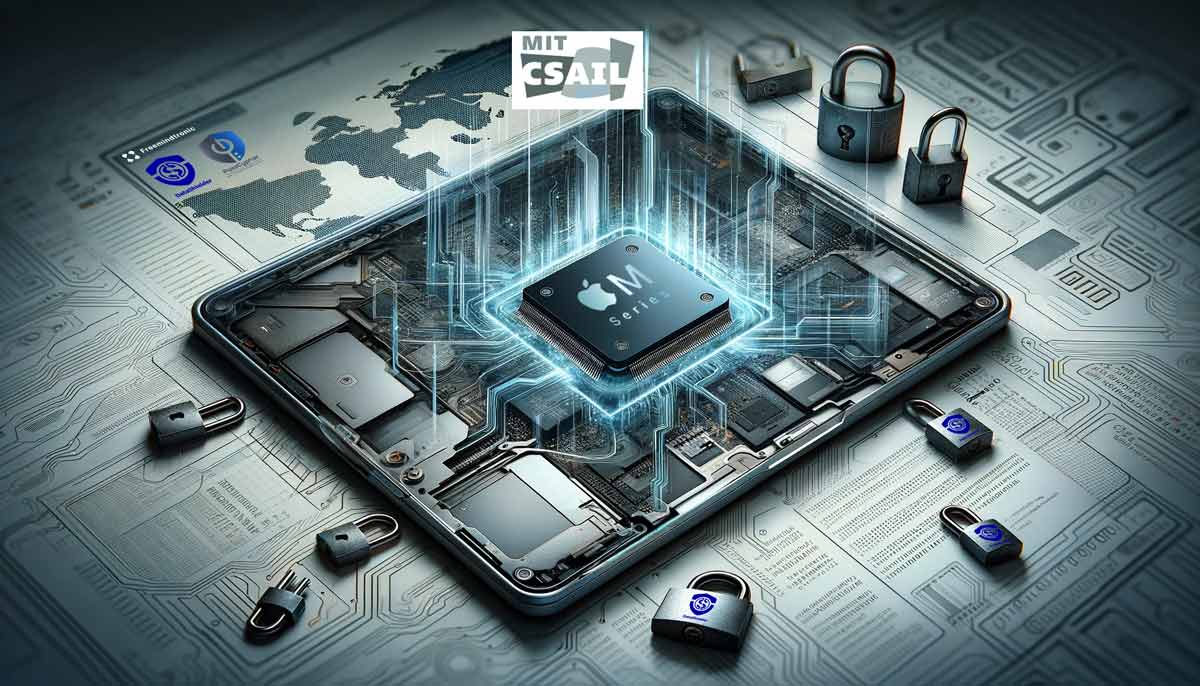Apple M chip vulnerability: uncovering a breach in data security Researchers at the Massachusetts Institute of Technology’s (MIT) Computer Science and Artificial Intelligence Laboratory (CSAIL) have unveiled a critical hardware flaw within Apple’s M-series chips, dubbed the “Apple M chip vulnerability,” marking a significant breach in data security. This vulnerability, referred to as ‘GoFetch,’ highlights […]
Stay informed!
Join our community of technology enthusiasts! Subscribe to our newsletter and receive exclusive updates on the latest news, special offers, and tips from Freemindtronic. Stay informed on the latest technology trends, discover new products, and be among the first to take advantage of them. Sign up now by entering your email address below. Don't miss any updates from Freemindtronic!






